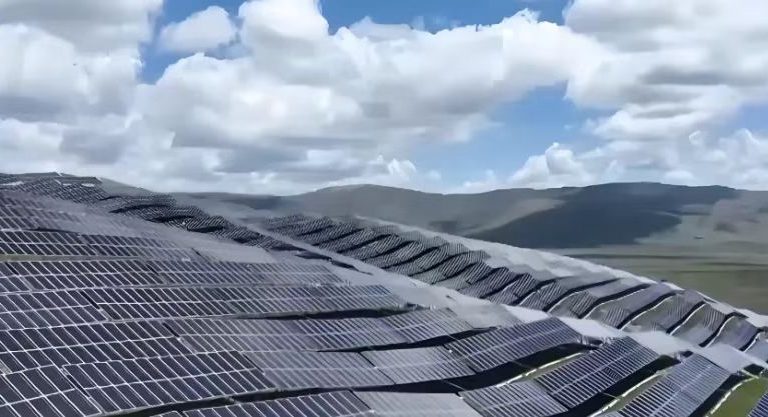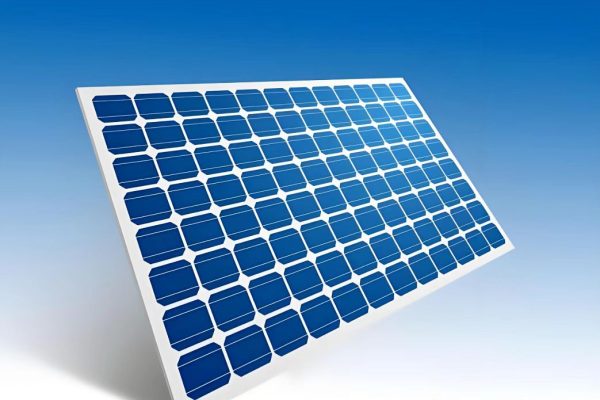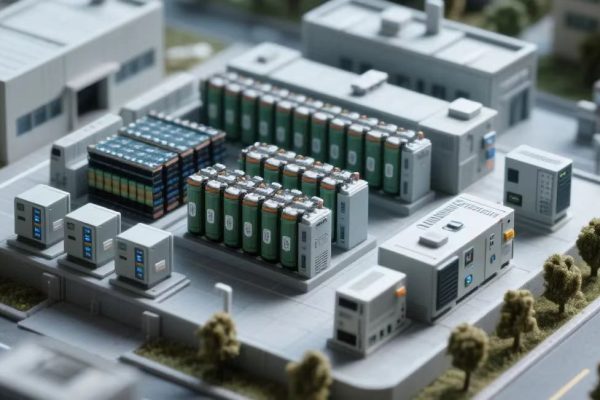Understanding Priorities Beyond the Technical Specs
1. The Customer’s Perspective: It’s Not Just About Specs
Many technical vendors focus heavily on watt-hours, voltage ranges, and cycle life. But for the average homeowner, these specs are secondary. Their concerns are often practical, emotional, and contextual.
Here’s what residential customers actually care about when considering a PV + storage system:
- Will this reduce my monthly electricity bill?
- Is it safe and reliable for my family?
- Will it keep lights on during outages?
- Is it simple to use and maintain?
- Does it make financial sense?
When we design or recommend residential systems, we focus not only on the technical side—but also on the lifestyle goals behind each purchase.
2. Key Expectations from a Homeowner’s Point of View
🔌 1. Reliable Backup During Power Outages
Many buyers are in areas with grid instability. They want to know:
- How long can the system power my lights, fridge, or Wi-Fi?
- Can I still run an air conditioner or pump?
Our Role: We help customers select appropriate inverter and battery capacity, simulate backup scenarios, and explain priority load settings clearly.
💰 2. Clear Cost Savings or Return on Investment (ROI)
Even environmentally conscious users want to know:
- Will this help reduce my electricity bill?
- How long before I recover the system cost?
Our Role: We offer time-of-use tariff modeling, help size systems for daily cycling, and ensure high self-consumption ratios.
🧠 3. Simple, Safe, and Easy to Use
No one wants to become a “system manager.” They expect:
- Easy monitoring from a mobile app
- Clear system status (SOC, power flow)
- Quiet operation and compact form
Our Role: We recommend all-in-one systems or integrated BMS/EMS that simplify control. We avoid noisy or complex setups in homes.
🔒 4. Safety and Peace of Mind
Safety is a top concern for families:
- Will the battery catch fire?
- Is it safe to install inside the home?
- What happens during overcharge or short-circuit?
Our Role: We prioritize LFP chemistry, work only with certified battery and inverter partners, and explain protective measures like circuit breakers, fuses, and thermal cutoffs.
🧩 5. Aesthetics and Installation Fit
Looks and space also matter:
- Can this fit in a laundry room or garage?
- Will it be an eyesore on the wall?
- Is it modular or compact?
Our Role: We help select cabinet-style or wall-mount systems, ensure clean cable routing, and support optional color/branding if needed.
3. Common Misunderstandings We Help Solve
| Customer Misunderstanding | What We Explain |
|---|---|
| “More battery = better” | Right-sizing matters more than oversizing |
| “Inverter size = backup power” | Backup depends on battery, inverter, and load setting |
| “All systems are the same” | System design quality varies by use case and integration |
We offer clear diagrams, simple load calculations, and flexible system design to close this understanding gap.
4. The Advantage of a Technical Trading Partner
As a solution-focused trade partner, we do more than sell components. We help clients:
- Choose the right inverter-battery match
- Support home-specific SLDs and layouts
- Provide pre-configured kits with wiring diagrams
- Offer post-sale tech support and documentation
This approach builds trust—even without an R&D background—because we speak the customer’s language and focus on solving real use cases.
5. Recent Articles You May Like
- 👉 Understanding the Basic Layout of a Home ESS
- 👉 Typical Daily Load Curve in Residential PV + ESS Systems
- 👉 How to Select a Storage Inverter for Small-Scale Projects
6. Conclusion: Home Energy Systems Must Be Human-Centered
A successful residential system isn’t just about battery voltage or MPPT count—it’s about meeting lifestyle needs through a reliable, understandable, and affordable energy solution.
When you serve as a bridge between technology and daily life, you don’t need to build the system yourself—you just need to understand what your customer values.
And that’s where we help you succeed.









